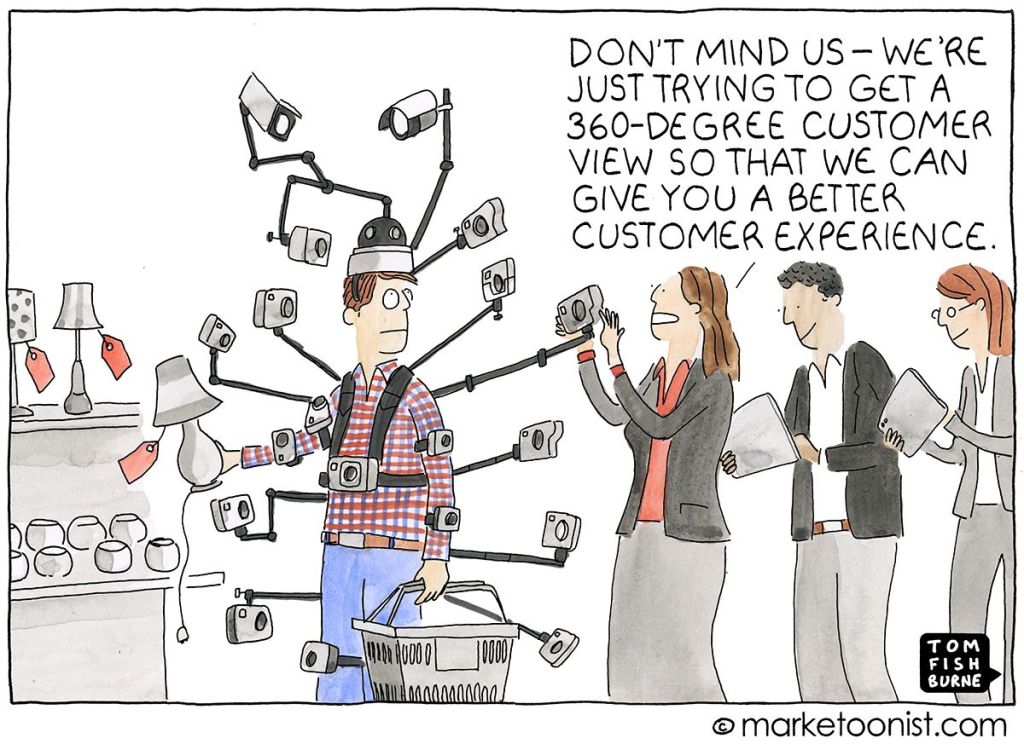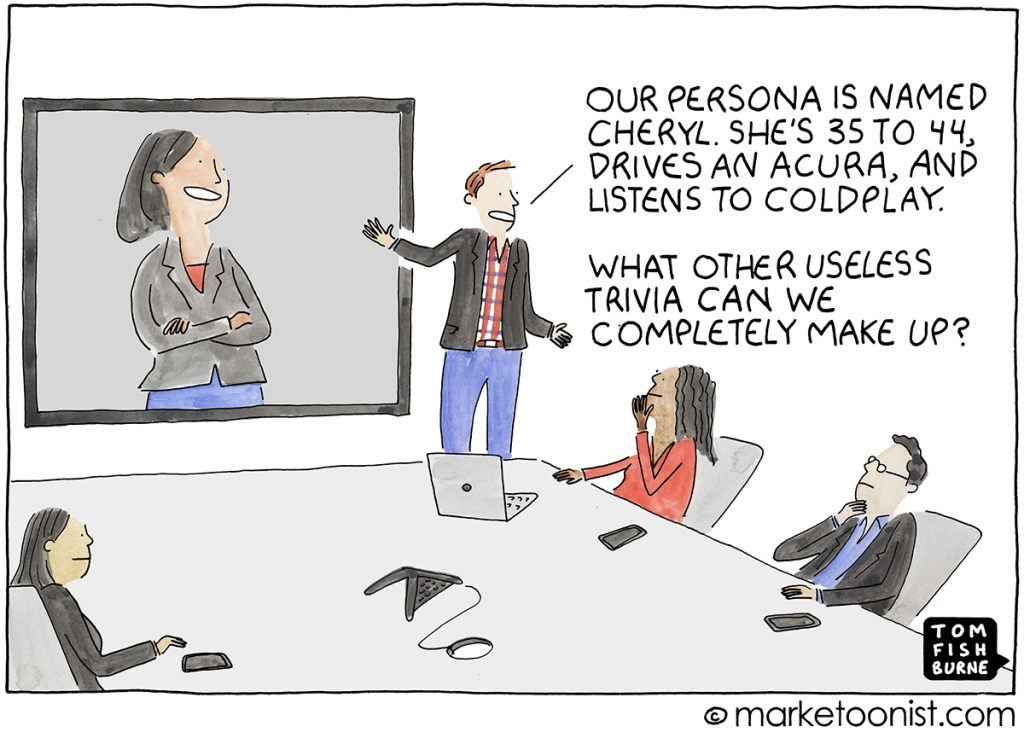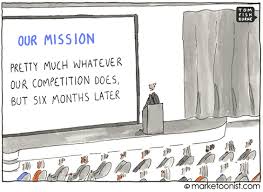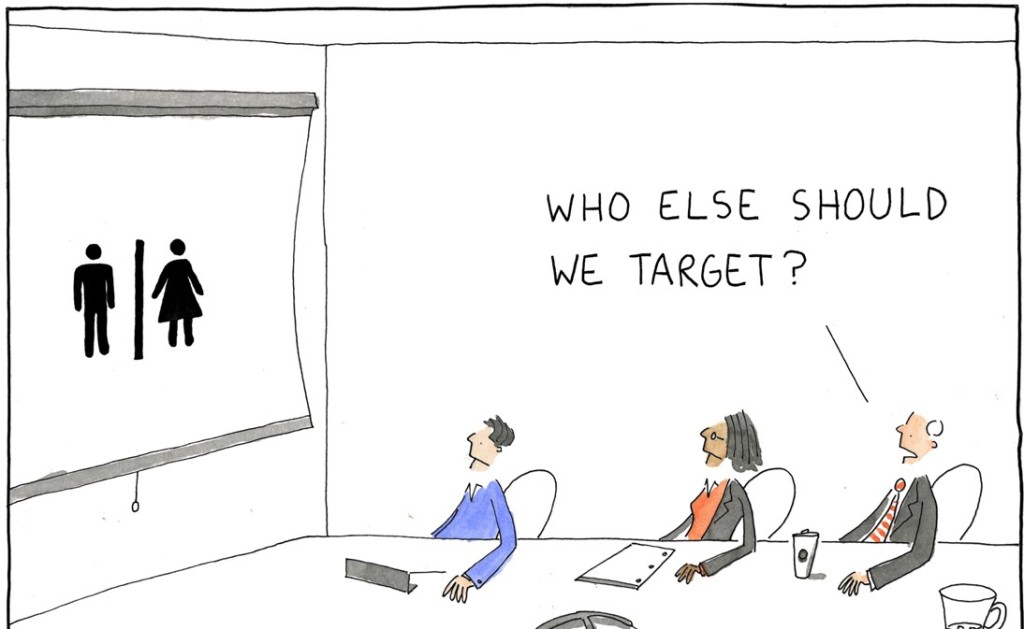Single view of customer is fundamental to customer centricity

There is a multitude of data sets that the organization has access to which can be brought together to develop customer insights and deliver delightful customer experience.
The challenge sometime could stem from different functions owning data, lack of accountability of a single role to own the consolidation, limited capability of the tech platform or then it simply not being a priority.
Various sources of data being:
- Customer Satisfaction Survey
- Net Promoter Score
- Brand Track
- Usage & Attitude Research
- Lead Management System
- Media buying
- App analytics
- Website analytics
- CRM
- Social Media
- Loyalty Program
- Surveys
- Customer Care touchpoints-Call Center/Helpdesk
- Customer data from store/retail: feedback/returns
- Email / SMS / WhatsApp Marketing
- 3rd party/ industry reports
- Online Reviews/ Customer Testimonials
- Search Trends
- Product Usage
- Production unit/manufacturing/machines
- Supply Chain-Inventory, Transportation, Warehousing


